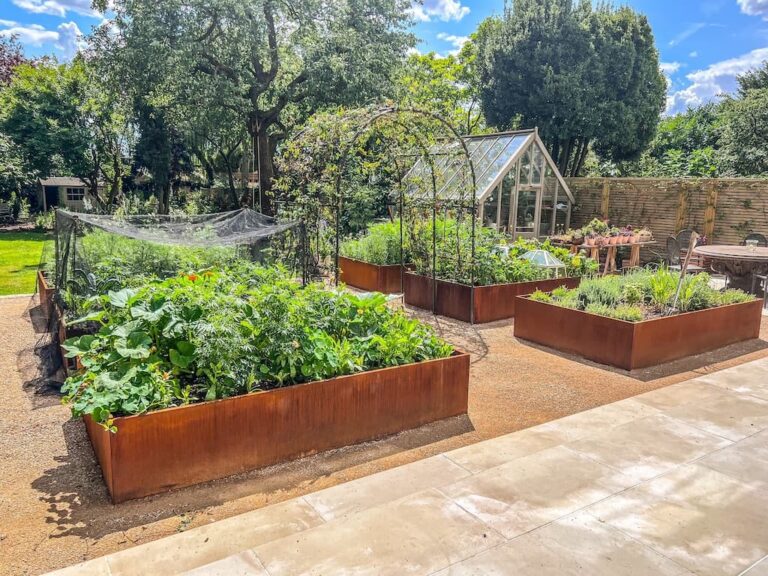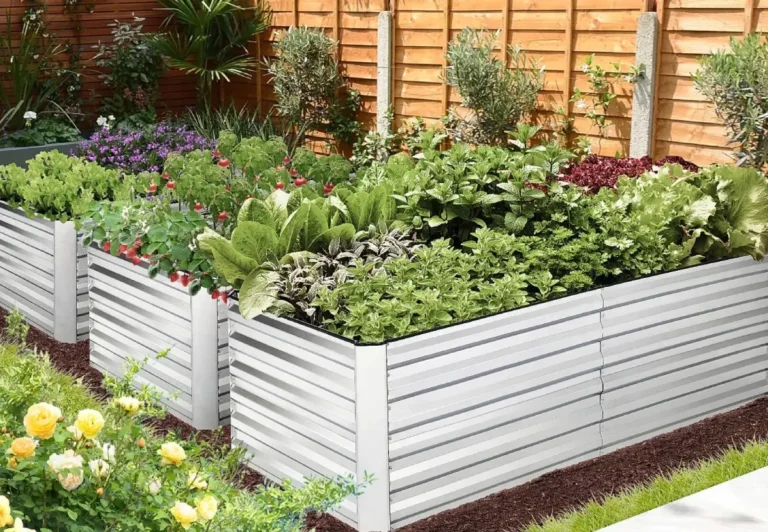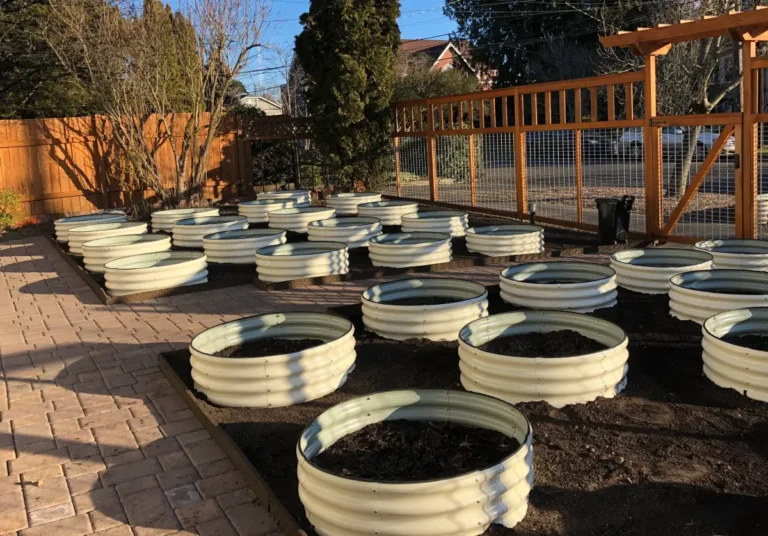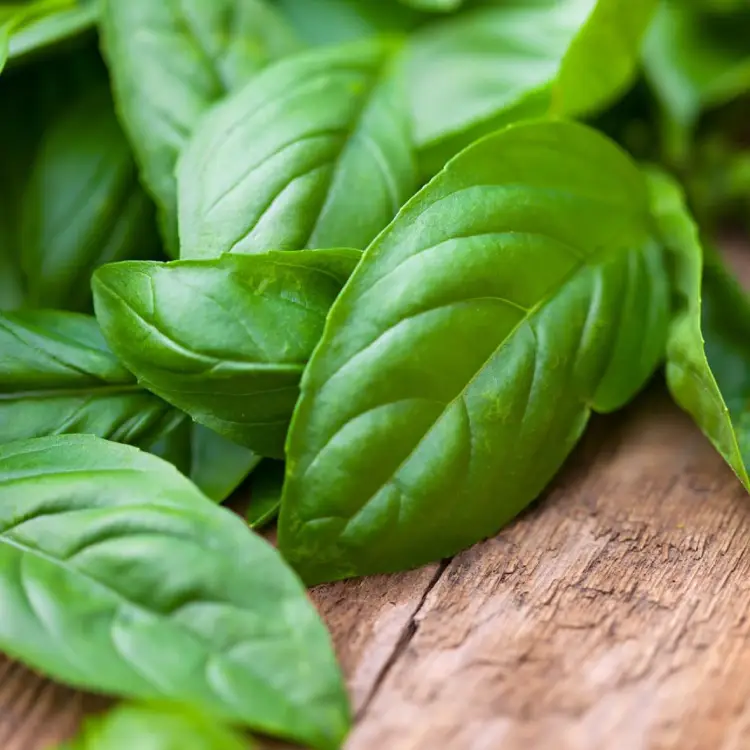Raised Beds for Herbs
Raised beds are a fantastic solution for gardeners who want to grow fresh, aromatic herbs at home. They offer better soil control, improved drainage, and easier access for planting, weeding, and harvesting. Whether you’re a seasoned gardener or a beginner, this guide will walk you through everything you need to know about using raised beds for herbs.
-
Corten Steel Raised Garden Herbs
Corten Steel Spice Up Your Garden: Growing Herbs in Corten Steel Raised Beds If you love fresh herbs and crave a garden that’s both…
-
Galvanized Metal Raised Garden Beds
Galvanized metal raised garden beds offer a strong, versatile, and low-maintenance solution, creating an ideal environment for healthy plant growth while adding a sleek, modern look to your garden or outdoor space.
-
Corrugated Metal Raised Garden Beds
Metal Raised Garden Beds Corrugated Metal Raised Garden Beds Corrugated metal raised garden beds offer several advantages that make them a popular choice for…
-
Culinary Basil Herb Seeds
Herb Seeds Culinary Basil Herb Seeds Basil is one of the most beloved herbs worldwide, known for its fragrant leaves and culinary versatility. Whether…
-
Medicinal and Tea Herb Seeds
Herb Seeds Medicinal and Tea Herb Seeds Add vibrant colors to your raised herb garden with medicinal & tea herb seeds—grow fresh, healing, and…
-
Beginner’s Guide to Raised Garden Beds
Beginner’s Guide to Raised Garden Beds Take your herb gardening to the next level. Raised garden beds are a game-changer, especially for beginners looking…
Why Raised Beds Are Perfect for Herbs
Growing herbs in raised beds comes with a host of benefits. Here’s why they’re ideal:
- Better Soil Quality: With raised beds, you control the soil composition, ensuring it’s nutrient-rich and well-draining—perfect for herbs like basil, thyme, and rosemary.
- Improved Drainage: Raised beds prevent waterlogging, which can damage the roots of herbs that prefer dry conditions.
- Ease of Maintenance: Elevated beds reduce the need for bending or kneeling, making gardening more comfortable.
- Pest Control: Raised beds are less accessible to pests like slugs and rabbits, offering added protection for your herbs.
- Space Optimization: They allow for efficient use of small spaces, making them perfect for patios, balconies, or compact yards.
Best Herbs to Grow in Raised Beds
- Basil
A must-have in any herb garden, basil thrives in well-drained soil with plenty of sunlight. Perfect for summer recipes! - Thyme
This low-maintenance herb is drought-tolerant and ideal for Mediterranean dishes. - Mint
Plant mint in a separate raised bed or container to prevent it from spreading uncontrollably. - Parsley
Parsley prefers slightly moist soil and is great for both sunny and partially shaded areas. - Rosemary
Rosemary loves dry soil and sunny spots. Its woody stems make it a versatile herb for cooking and decoration. - Oregano
A staple in Italian cuisine, oregano grows well in dry, well-draining soil.
Common Challenges and Solutions
Challenge: Herbs dry out too quickly in raised beds.
Solution: Apply mulch to retain moisture and water early in the morning or evening to reduce evaporation.
Challenge: Pests and insects attacking your herbs.
Solution: Use natural pest deterrents like neem oil, or plant pest-repellent companions like marigolds alongside your herbs.
Challenge: Herbs growing unevenly.
Solution: Ensure each herb gets enough sunlight and space. Group herbs with similar water and soil requirements together.
Creative Ideas for Raised Herb Gardens
- Vertical Raised Beds: Save space by stacking planters vertically. Perfect for small patios or balconies.
- Themed Herb Beds: Create a specific bed for Italian herbs (basil, oregano, parsley) or medicinal herbs (lavender, chamomile).
- Mixed Raised Beds: Combine herbs with vegetables like tomatoes, peppers, or leafy greens for a functional and diverse garden.
Tips for Success
- Rotate Crops Annually: Prevent soil depletion and minimize pests by rotating your herb varieties each year.
- Prune Regularly: Pruning encourages growth and prevents herbs from becoming too woody or overgrown.
- Add Organic Fertilizer: A light application of compost or organic fertilizer mid-season keeps your herbs thriving.
- Protect in Winter: Use frost covers or bring potted herbs indoors to keep them alive during cold months.
How to Set Up a Raised Bed for Herbs
1. Choose the Right Location
Herbs thrive in sunlight, so pick a spot that gets at least 6-8 hours of direct sunlight daily. If you’re short on space, raised beds can even be placed on patios or balconies.
2. Select the Right Size
The ideal size for a raised bed depends on your available space. A typical size is 4×4 feet or 4×8 feet, with a depth of 6-12 inches. If you’re growing a variety of herbs, ensure each has enough room to spread its roots.
3. Prepare the Soil Mix
For herbs, use a well-draining mix:
- 1/3 garden soil
- 1/3 compost
- 1/3 sand, perlite, or vermiculite
This mix provides the nutrients and aeration that herbs need to flourish.
4. Select Your Herbs
Not all herbs have the same growing requirements. Choose herbs based on their compatibility:
- Dry soil herbs: Rosemary, thyme, oregano, and sage.
- Moist soil herbs: Basil, parsley, and cilantro.
- Partial shade herbs: Mint and chervil.
5. Planting and Layout
Use companion planting to maximize space and health. For example, basil and tomatoes grow well together, while mint should be planted separately to prevent it from overtaking other herbs.
6. Watering and Maintenance
Water your herbs regularly, keeping the soil moist but not waterlogged. Mulching with straw or wood chips can help retain moisture and suppress weeds.

Raised beds are a simple, effective way to grow fresh herbs at home, no matter your gardening experience or available space. With proper planning, soil preparation, and maintenance, you can enjoy an abundant herb garden that enhances your meals and brings your outdoor space to life.
Whether you’re growing basil for pesto or rosemary for roasted vegetables, raised beds offer endless possibilities for creativity and convenience. Start your raised herb garden today and enjoy the satisfaction of cultivating your own fresh, flavorful herbs!




